What is the Difference Between Mazafati and Omani Dates?
Mazafati dates differ from omani dates primarily in texture, moisture content, size, and growing region. Mazafati dates are soft, moist, and dark with 15-35% moisture content, while omani dates are typically firmer, drier, and lighter in color with 8-20% moisture content. Mazafati dates originate from Iran’s Kerman province and measure 2.5-4.5cm in length, whereas omani dates come from Oman’s desert regions and vary significantly in size depending on the specific variety.
Last year, I witnessed a fascinating blind taste test at an international food expo where 200 buyers compared premium dates from different regions without knowing their origins.
My take is that mazafati dates represent the pinnacle of fresh date excellence, while omani dates offer exceptional value for those seeking traditional Middle Eastern flavors with superior shelf stability.
Origins and Growing Regions
Mazafati dates originate exclusively from Iran’s Kerman province, particularly around the ancient city of Bam, where unique desert climate conditions create the perfect environment for this premium variety.
Cultivation history of mazafati dates spans over 2,000 years, with archaeological evidence suggesting that date palm cultivation in the Bam region dates back to ancient Persian civilizations.
Omani dates grow throughout Oman’s diverse agricultural regions, including the Batinah coast, Ad Dakhiliyah, and Al Sharqiyah, where different microclimates produce distinct varieties with varying characteristics.
Geographic advantages of Iran’s Kerman province include optimal altitude (1,000-1,500 meters above sea level), minimal rainfall, and extreme temperature variations that concentrate sugars and enhance flavor development in mazafati dates.
Oman’s cultivation zones benefit from coastal influences and inland desert conditions that create ideal stress environments for date palms, resulting in concentrated flavors and natural preservation qualities in omani dates.
Soil composition in Iranian mazafati-growing regions contains high mineral content from ancient volcanic activity, contributing to the distinctive taste profile and nutritional density of these premium dates.
Water sources for mazafati dates come primarily from underground aquifers and traditional qanat irrigation systems that have sustained date cultivation in Iran’s desert regions for millennia.
Climate patterns in Oman create natural drying conditions that allow omani dates to develop their characteristic firm texture and extended shelf life without requiring extensive processing.
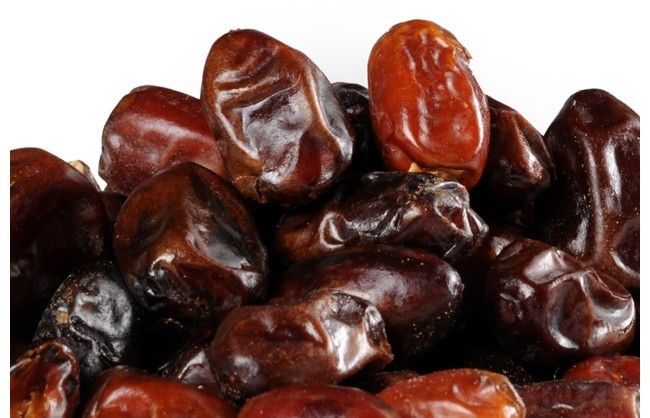
Physical Characteristics and Appearance
Mazafati dates exhibit a distinctive dark brown to black color with glossy, smooth skin that often appears almost wet due to their high natural moisture content.
Size specifications for premium mazafati dates typically range from 2.5 to 4.5 centimeters in length and 1.5 to 2.5 centimeters in width, making them medium to large-sized among date varieties.
Omani dates display considerable variety in appearance depending on the specific cultivar, with colors ranging from golden yellow to deep amber, and textures varying from semi-soft to quite firm.
Texture differences between these varieties are immediately apparent upon handling, with mazafati dates feeling soft and yielding to gentle pressure, while omani dates maintain structural integrity even when squeezed.
Skin characteristics of mazafati dates include thin, delicate skin that often wrinkles slightly due to high moisture content, creating an appealing visual texture that suggests freshness and juiciness.
Visual appeal of omani dates often features uniform coloring and smooth, taut skin that appears polished and attractive in retail displays, making them popular choices for gift packaging and premium presentations.
Weight variations show mazafati dates typically weighing 8-15 grams per piece due to high moisture content, while omani dates usually weigh 6-12 grams per piece depending on the variety and processing method.
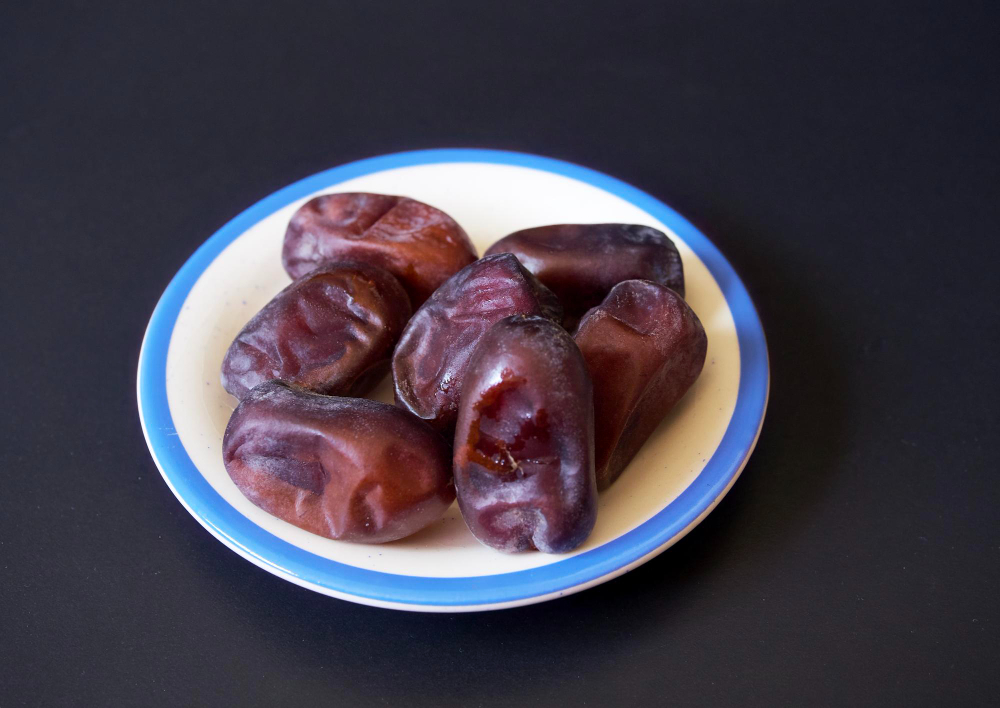
Taste Profile and Flavor Characteristics
Mazafati dates deliver an intensely sweet, almost honey-like flavor with subtle caramel undertones and a rich, complex taste that develops gradually on the palate.
Flavor intensity in premium mazafati dates ranks among the highest of all date varieties, with natural sugar content reaching 75-80% of total weight when properly ripened.
Omani dates offer more varied flavor profiles depending on the specific variety, ranging from mildly sweet with nutty undertones to intensely sweet with hints of vanilla and spice.
Taste complexity in mazafati dates includes layers of flavor that unfold during chewing, starting with immediate sweetness and progressing to deeper, more nuanced notes reminiscent of dark chocolate or molasses.
Aftertaste characteristics of omani dates tend to be clean and refreshing, with some varieties leaving pleasant lingering notes of dates, nuts, or mild spices that enhance the overall eating experience.
Sugar composition analysis reveals that mazafati dates contain primarily glucose and fructose in optimal ratios for quick energy release, while omani dates often have more complex sugar profiles including sucrose.
Flavor stability over time shows mazafati dates maintaining their intense sweetness for 6-12 months when properly stored, while omani dates can retain good flavor for 12-24 months due to lower moisture content.
Mazafati Dates Vs. Other Dates Images
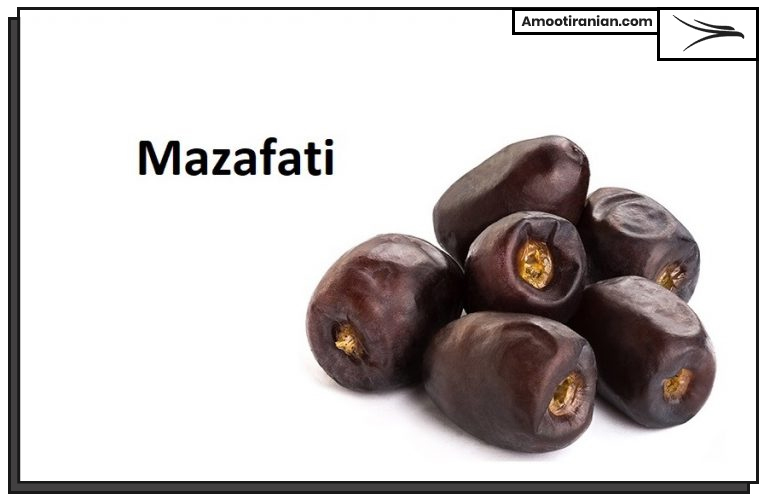
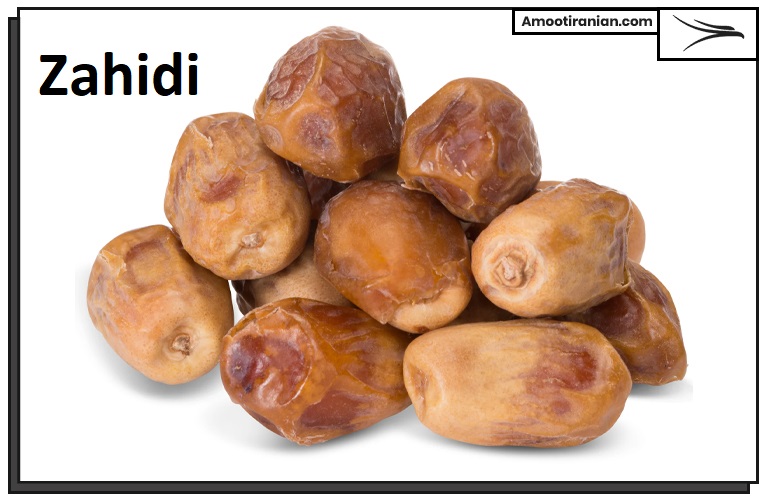
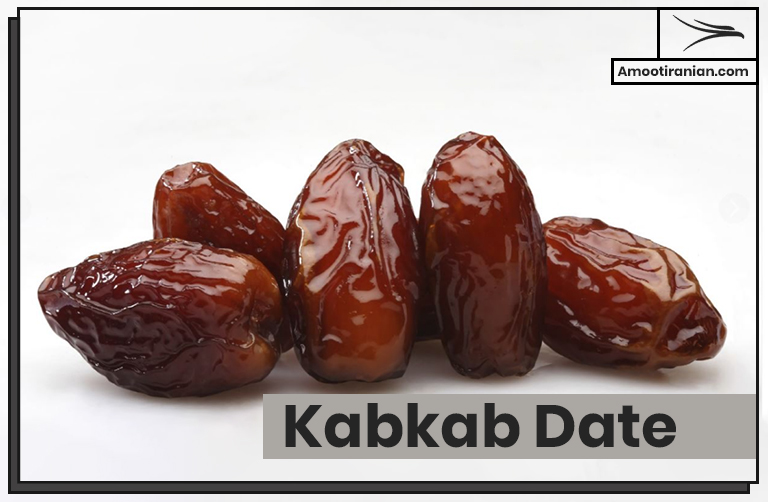
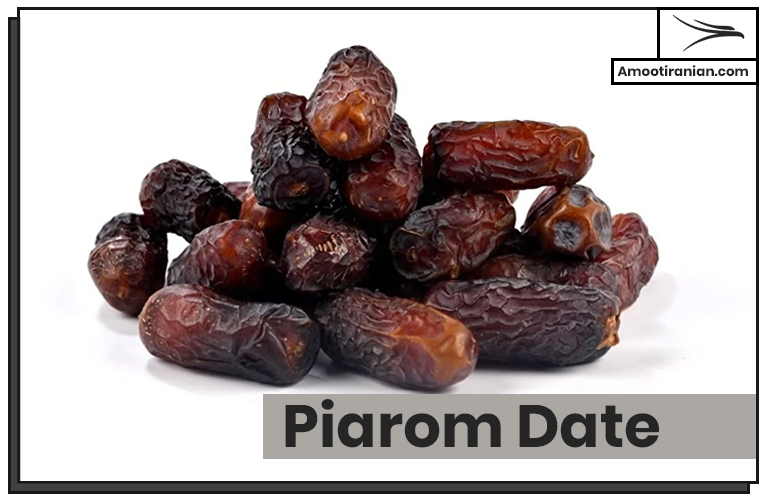
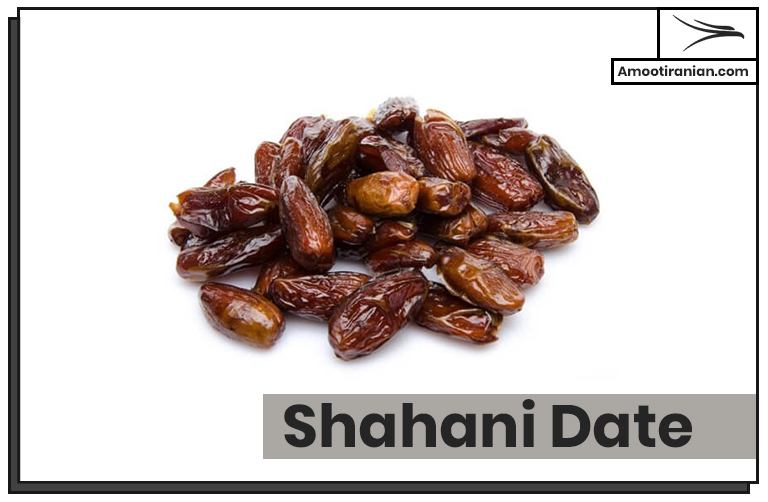
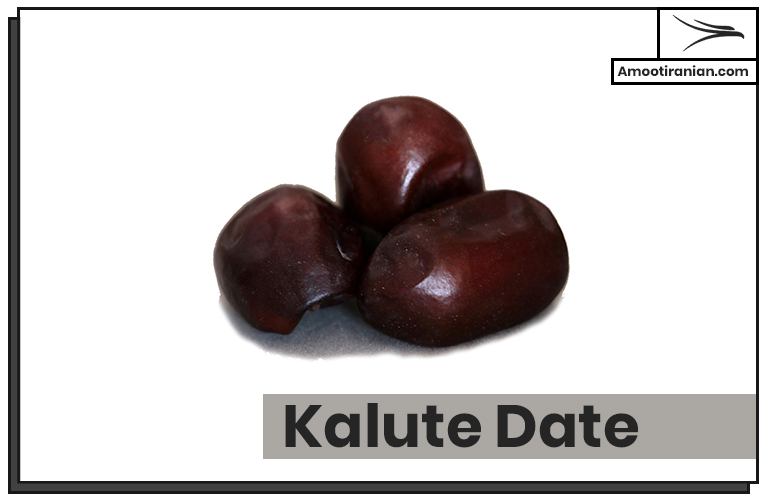
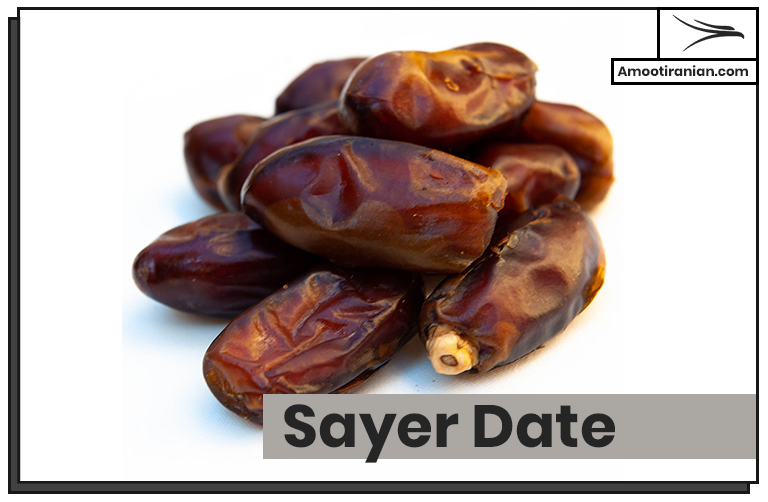
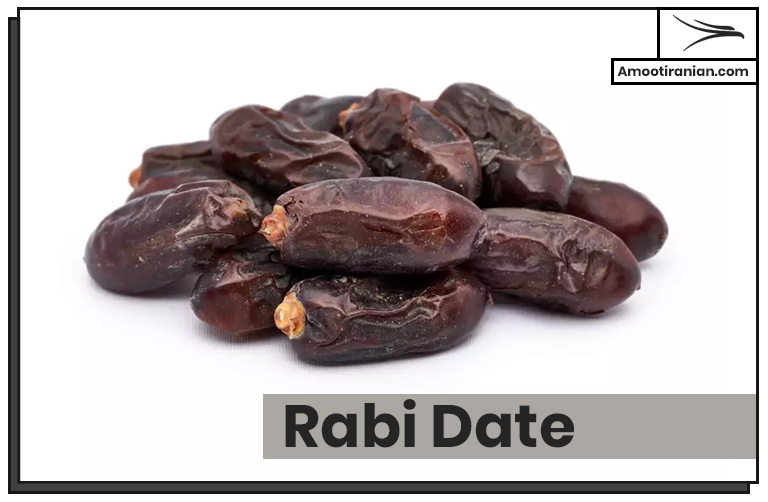
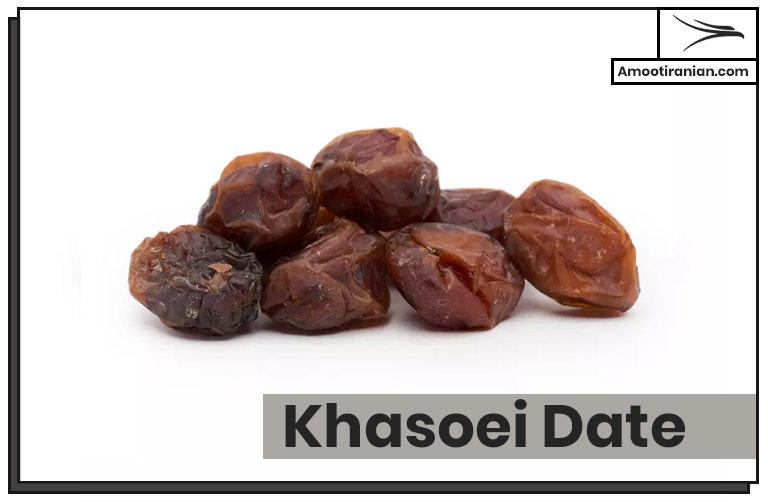
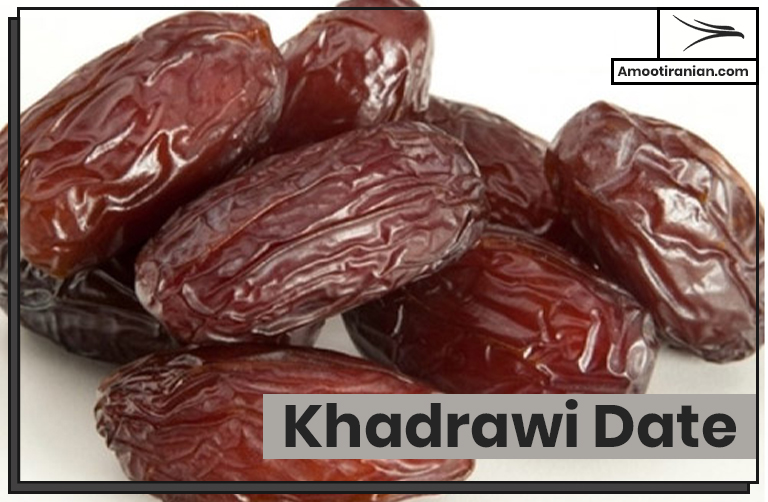
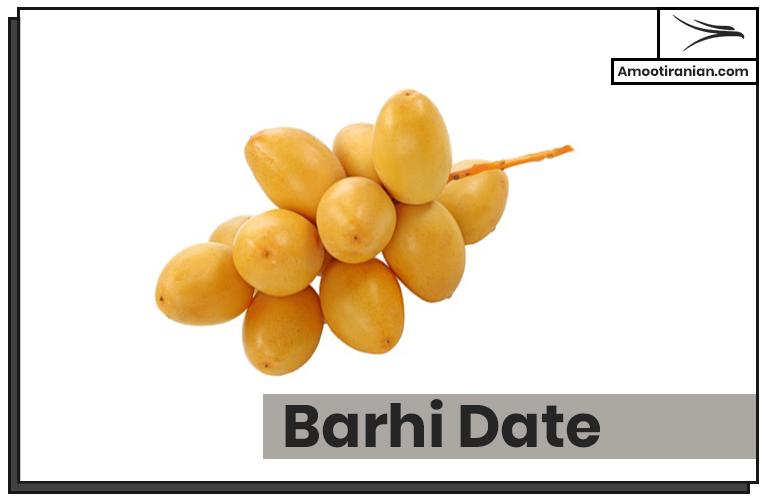
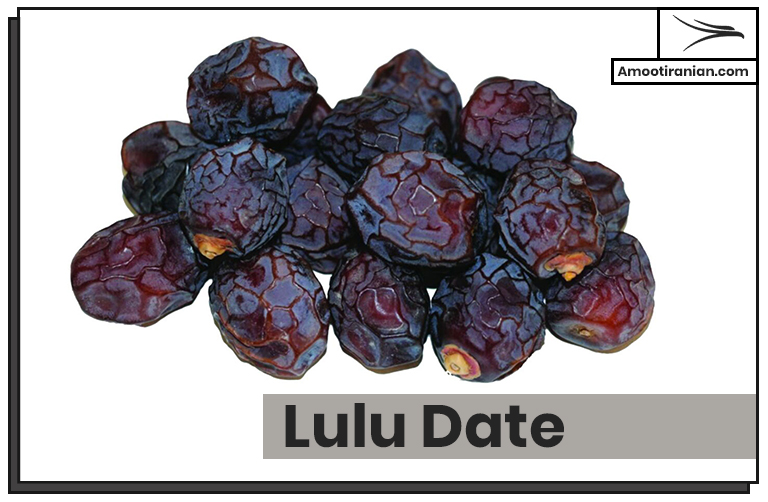
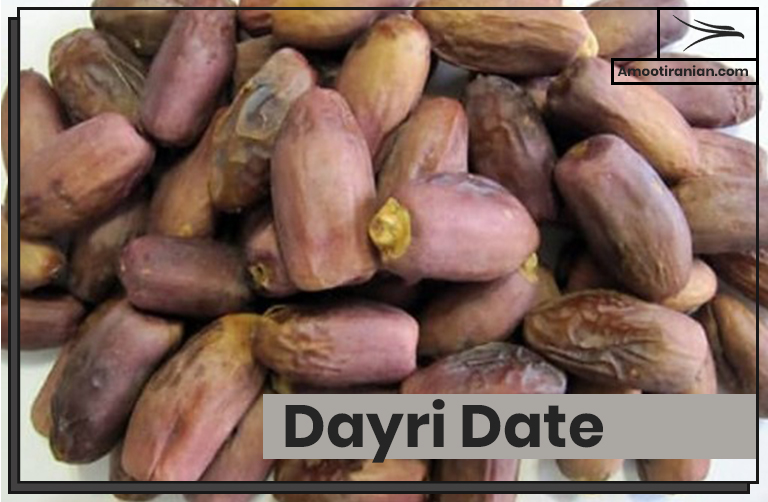
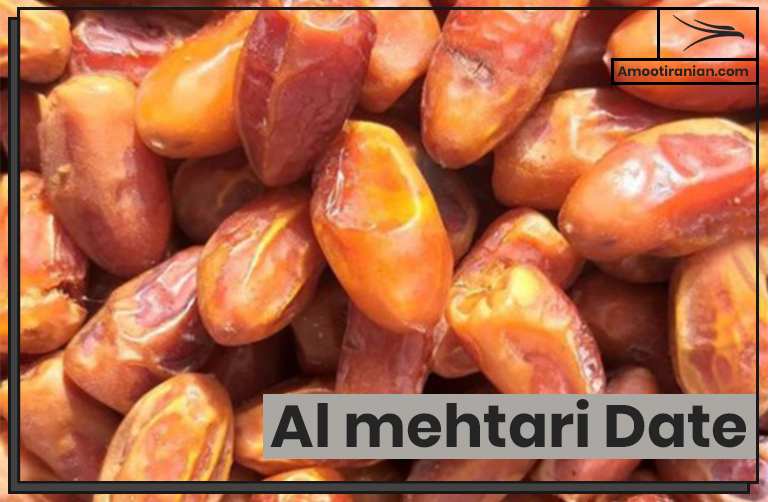
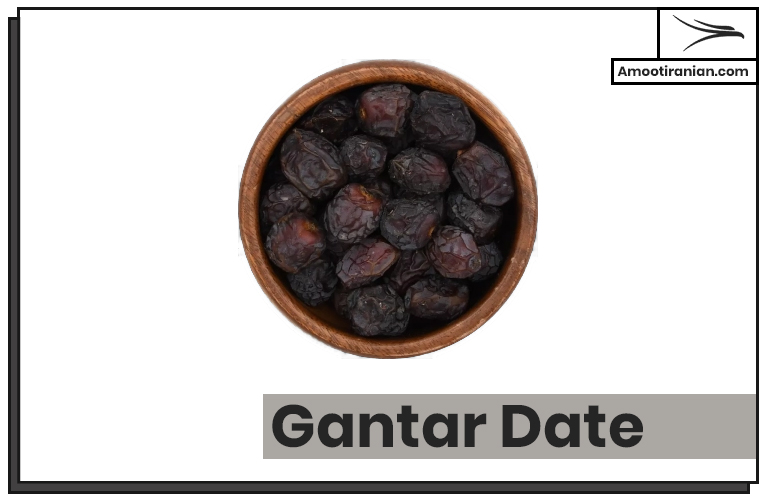
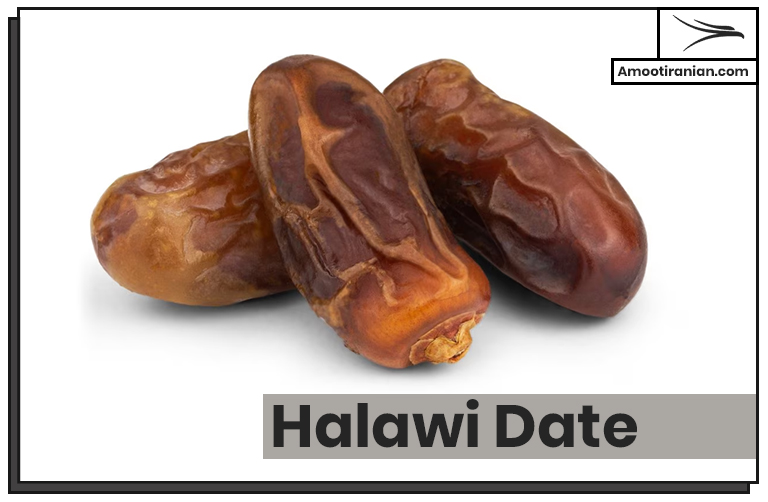
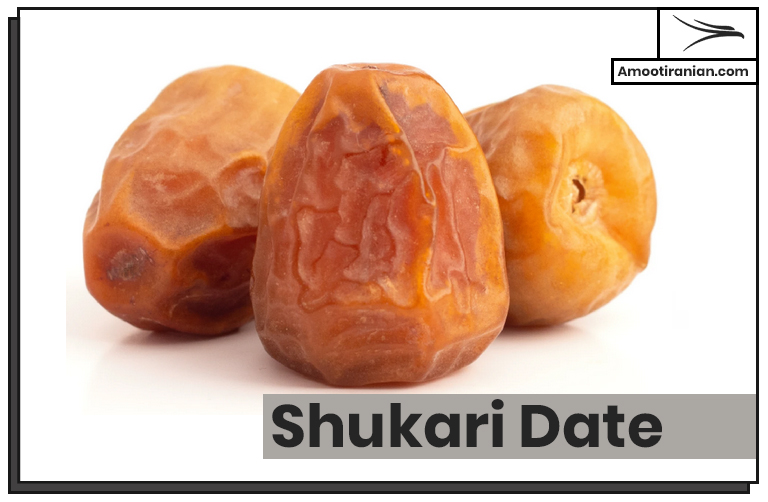
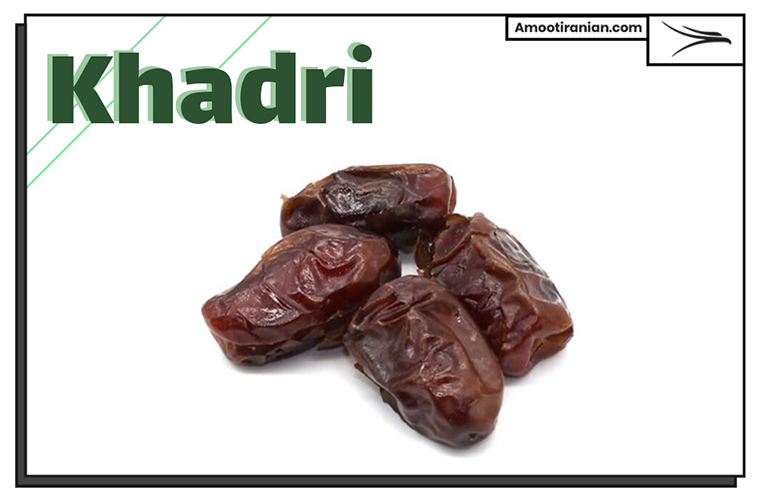
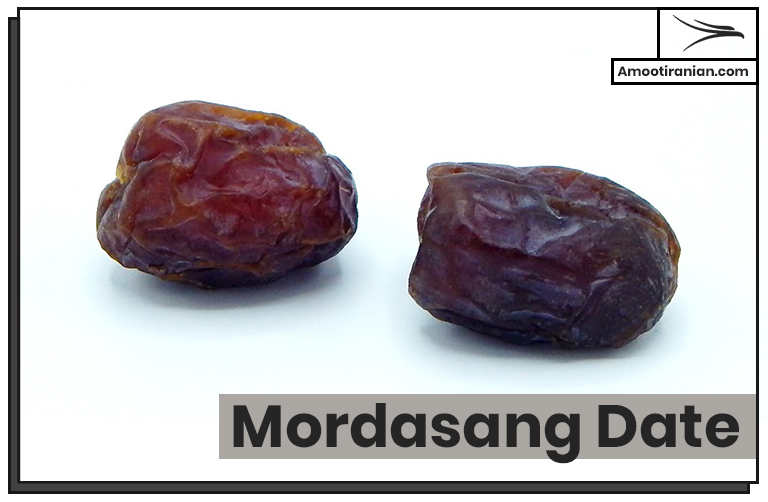
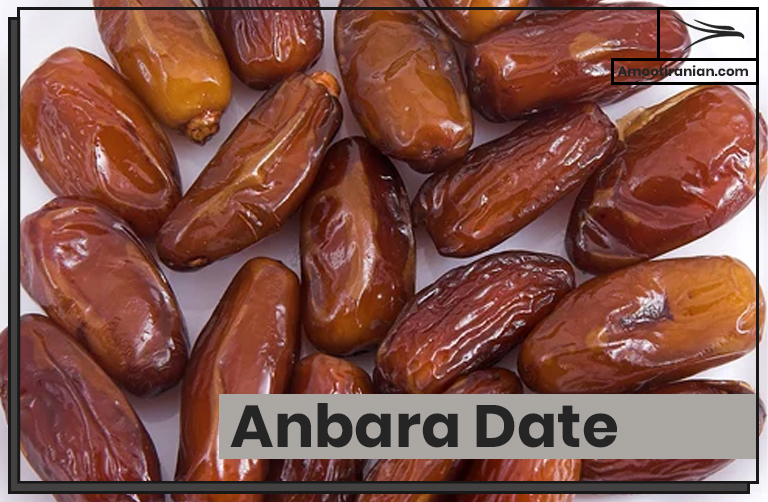
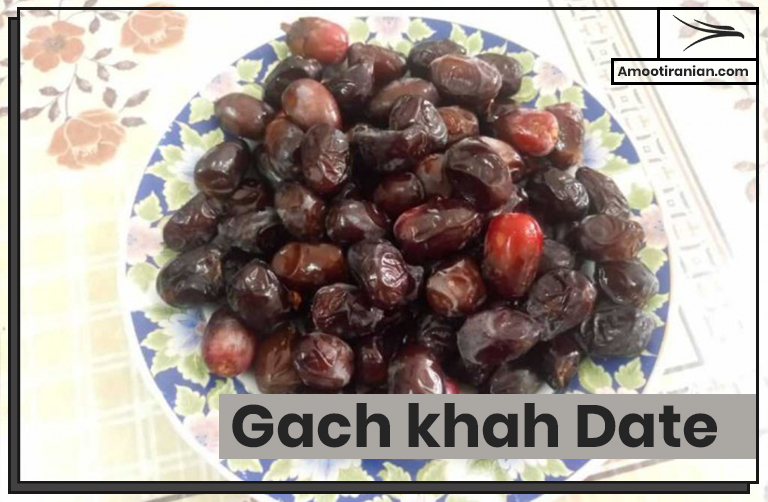
Nutritional Content Comparison
Mazafati dates contain approximately 20-25% water content, 65-70% natural sugars, 2-3% protein, and significant amounts of potassium, copper, and manganese per 100-gram serving.
Nutritional density in mazafati dates includes 280-300 calories per 100 grams, making them excellent sources of quick energy for athletes and active individuals.
Omani dates typically provide 250-290 calories per 100 grams with lower water content (8-20%) and concentrated minerals including iron, calcium, and phosphorus in bioavailable forms.
Vitamin content comparison shows both varieties containing significant B-vitamins, with mazafati dates having slightly higher vitamin C levels due to their fresh consumption patterns and minimal processing.
Mineral profiles reveal omani dates often containing higher concentrations of iron and calcium per gram due to their lower water content and natural concentration effects from traditional drying processes.
Antioxidant levels in mazafati dates include high concentrations of phenolic compounds and flavonoids that contribute to their dark color and potential health benefits related to cellular protection.
Fiber content analysis shows both varieties providing 6-8 grams of dietary fiber per 100 grams, supporting digestive health and providing sustained energy release throughout the day.
Detailed Nutritional Comparison Table
| Nutrient | Mazafati Dates (per 100g) | Omani Dates (per 100g) | Difference |
|---|---|---|---|
| Calories | 285-300 | 250-290 | Mazafati higher |
| Water Content | 20-25% | 8-20% | Mazafati higher |
| Total Sugars | 65-70g | 60-68g | Similar |
| Protein | 2.2-2.8g | 2.0-2.5g | Mazafati slightly higher |
| Dietary Fiber | 6.8-7.2g | 6.5-7.5g | Similar |
| Potassium | 650-750mg | 600-700mg | Mazafati higher |
| Iron | 1.2-1.5mg | 1.0-1.8mg | Variable |
| Calcium | 35-45mg | 40-55mg | Omani higher |
| Magnesium | 45-55mg | 40-50mg | Mazafati higher |
| Vitamin C | 2-4mg | 1-2mg | Mazafati higher |
Texture and Mouthfeel Analysis
Mazafati dates provide an exceptionally soft, almost melting texture that dissolves easily in the mouth, creating a luxurious eating experience that many describe as “heavenly.”
Mouthfeel characteristics of premium mazafati dates include immediate softness upon biting, followed by a smooth, creamy texture that coats the palate with natural sweetness.
Omani dates deliver more varied textures depending on the specific variety and processing method, ranging from pleasantly chewy to firm and requiring more deliberate chewing.
Chewing experience with mazafati dates involves minimal effort due to their soft texture, making them ideal for children, elderly consumers, and anyone preferring easy-to-eat fruit options.
Texture evolution during eating shows omani dates often starting firm and gradually softening as natural enzymes and saliva break down the fruit structure, creating a satisfying progression of textures.
Temperature sensitivity affects mazafati dates significantly, with refrigerated dates becoming firmer while room temperature dates maintain optimal softness and flavor release.
Structural integrity of omani dates makes them excellent choices for cooking applications, stuffing with nuts, or incorporating into recipes where maintaining shape is important.

Storage Requirements and Shelf Life
Mazafati dates require refrigerated storage at 0-4°C to maintain optimal quality and prevent fermentation, with properly stored dates lasting 6-12 months while retaining peak freshness.
Storage conditions for mazafati dates must include moisture control and protection from temperature fluctuations to prevent quality degradation and maintain their signature soft texture.
Omani dates demonstrate superior shelf stability at room temperature, often lasting 12-24 months when stored in cool, dry conditions with proper packaging protection from humidity and pests.
Packaging requirements differ significantly between varieties, with mazafati dates needing sealed, moisture-proof containers while omani dates can be stored in breathable packaging that allows minimal air circulation.
Quality indicators for stored mazafati dates include maintaining soft texture, dark color, and absence of crystallization or fermentation odors that indicate improper storage conditions.
Deterioration signs in omani dates typically involve hardening, color changes, or development of off-flavors that suggest exposure to excessive moisture or temperature extremes during storage.
Commercial storage protocols at Amoot Iranian involve temperature-controlled facilities and specialized packaging systems designed to maximize shelf life while preserving nutritional and sensory qualities.
Amoot Iranian Trading Company
🌴 The Largest Dates Supplier in the World
We export premium quality Mazafati, Kabkab, Piarom, Kalute and many other date varieties worldwide.
📞 Call us on WhatsApp:
+98 902 360 6419
✉️ Email us at:
info@amootiranian.com
Are Omani Dates Good?
Omani dates are excellent quality fruits that offer exceptional nutritional value, distinctive flavors, and superior shelf stability, making them highly regarded among date enthusiasts and nutritionists worldwide.
Quality standards for omani dates consistently meet international food safety requirements, with many varieties receiving premium classifications for their taste, appearance, and nutritional density.
Health benefits of omani dates include providing sustained energy, supporting digestive health through high fiber content, and delivering essential minerals like iron, potassium, and calcium in bioavailable forms.
Culinary versatility makes omani dates excellent choices for both fresh consumption and cooking applications, from traditional Middle Eastern dishes to modern international cuisine preparations.
Consumer satisfaction surveys consistently rate omani dates highly for value, taste, and overall eating experience, with many preferring them over other varieties for daily consumption.
International recognition of omani dates includes premium market positioning in Europe, Asia, and North America, where they compete successfully with other top-tier date varieties.
Traditional significance in Middle Eastern culture elevates omani dates beyond mere fruit status, representing hospitality, tradition, and cultural heritage in many social and religious contexts.
Nutritional research confirms that omani dates provide significant health benefits including blood sugar regulation, heart health support, and bone health enhancement through their mineral content.
Economic value analysis shows omani dates offering excellent cost-per-nutrition ratios compared to many other dried fruits and healthy snack options available in global markets.
Processing and Preparation Methods
Mazafati dates undergo minimal processing to preserve their natural moisture and soft texture, typically involving careful washing, sorting, and immediate packaging to maintain peak quality.
Traditional methods for preparing mazafati dates include hand-harvesting at optimal ripeness, gentle cleaning, and immediate refrigeration to lock in freshness and prevent quality degradation.
Omani dates often receive more extensive processing including controlled drying, grading by size and quality, and sometimes light pasteurization to ensure food safety and extend shelf life.
Quality control procedures for mazafati dates focus on moisture content testing, visual inspection for defects, and careful handling to prevent bruising or damage to the delicate fruit structure.
Processing innovations in omani dates include modern sorting technologies, controlled atmosphere storage, and advanced packaging systems that maintain quality while enabling global distribution.
Handling requirements differ significantly between varieties, with mazafati dates needing gentle treatment throughout the supply chain while omani dates can withstand more robust handling procedures.
Value-added processing options for both varieties include pitting, stuffing with nuts, chopping for ingredients, or processing into pastes and syrups for commercial food applications.
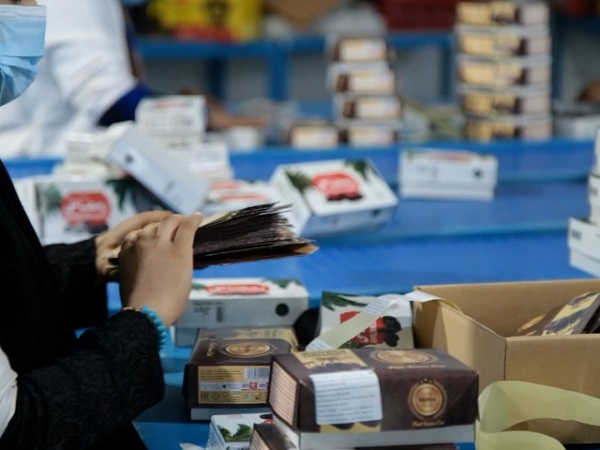
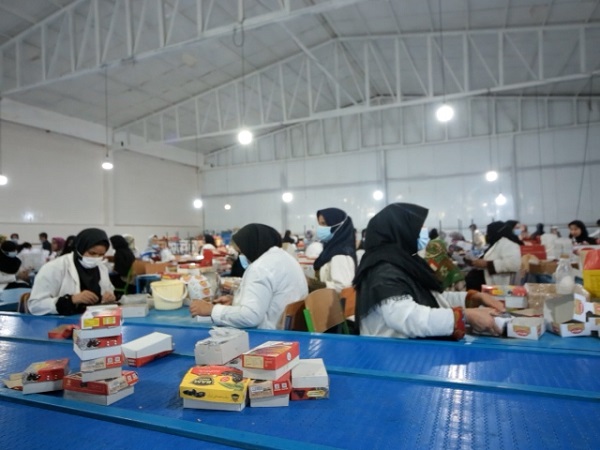
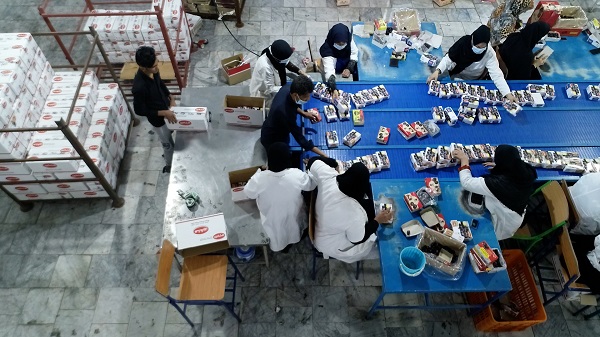
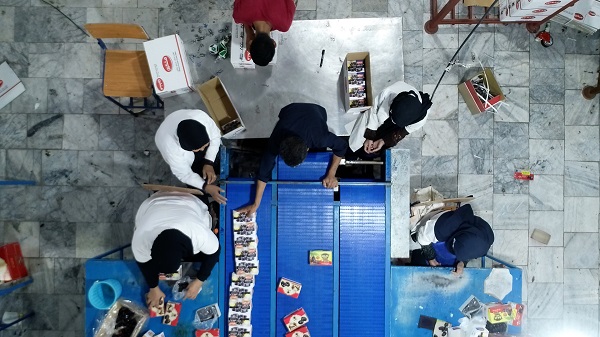
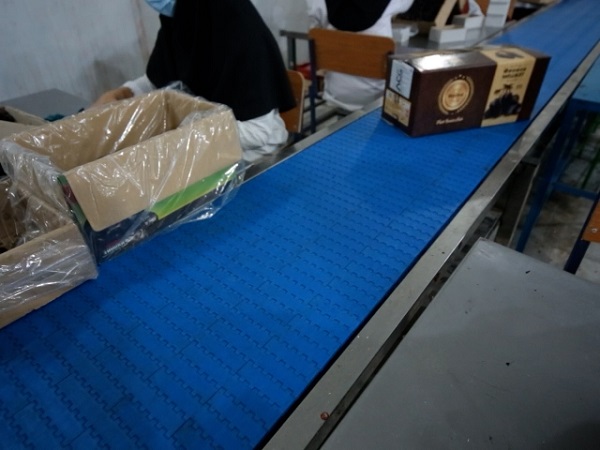
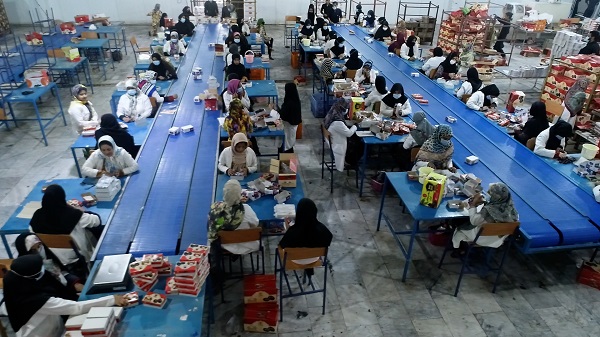
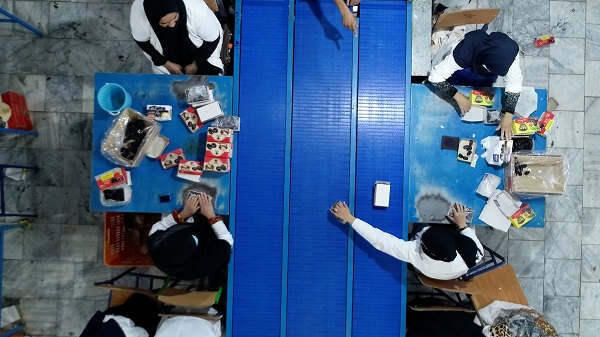
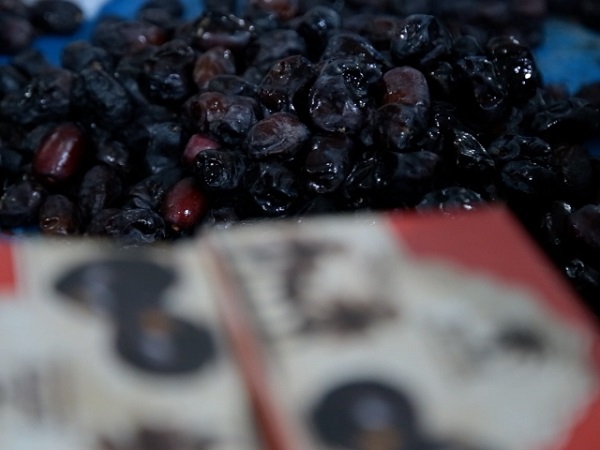
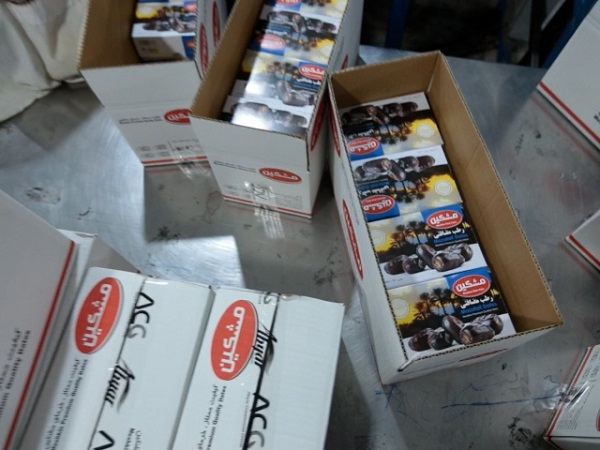
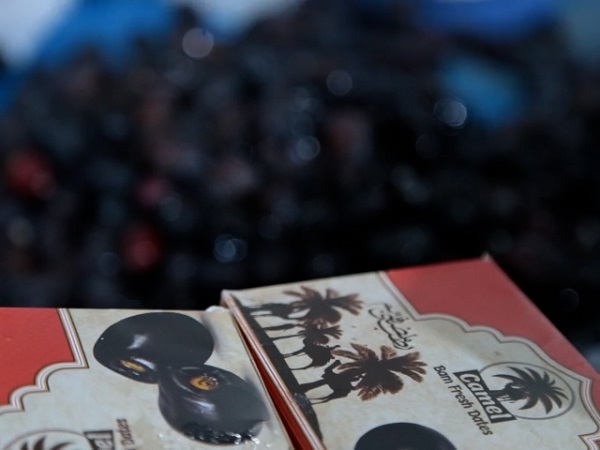
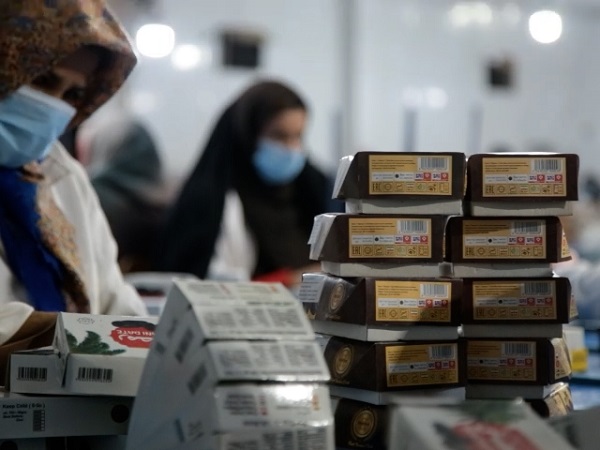
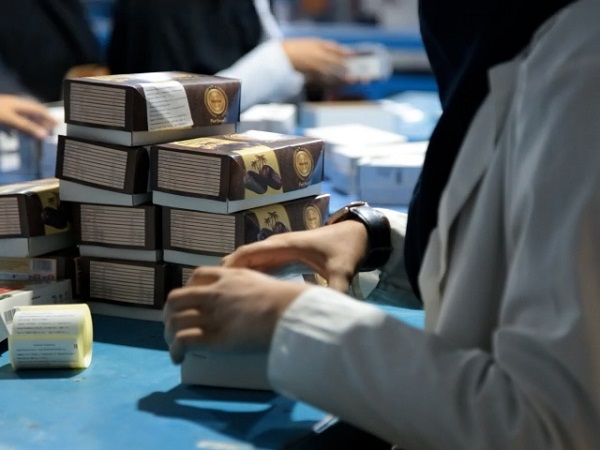
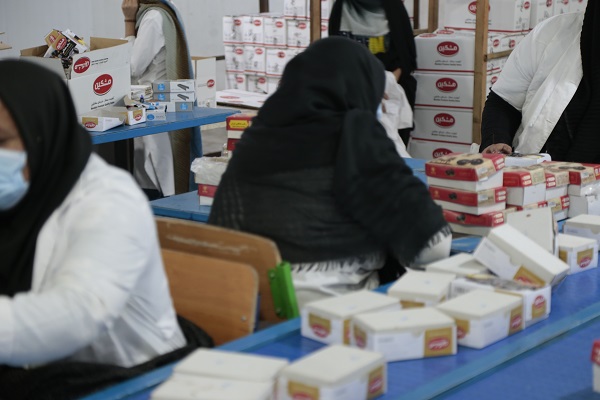
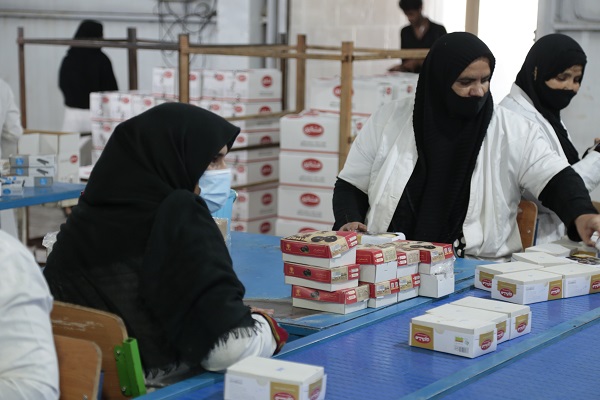
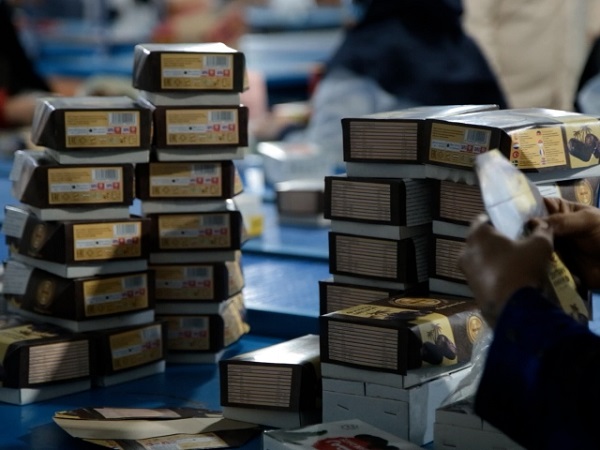
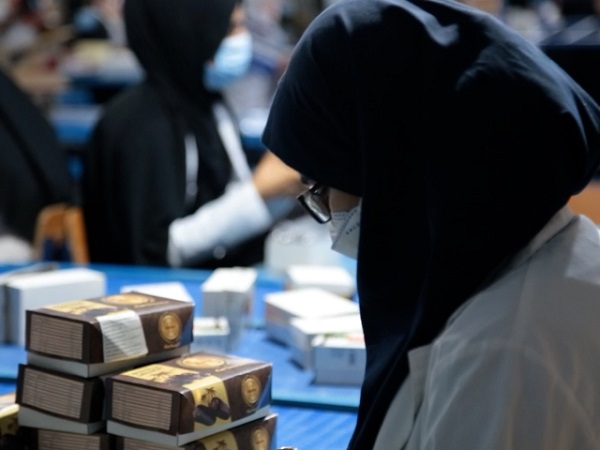
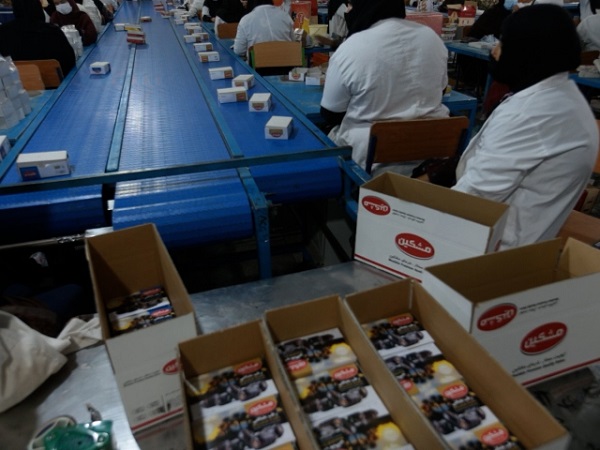
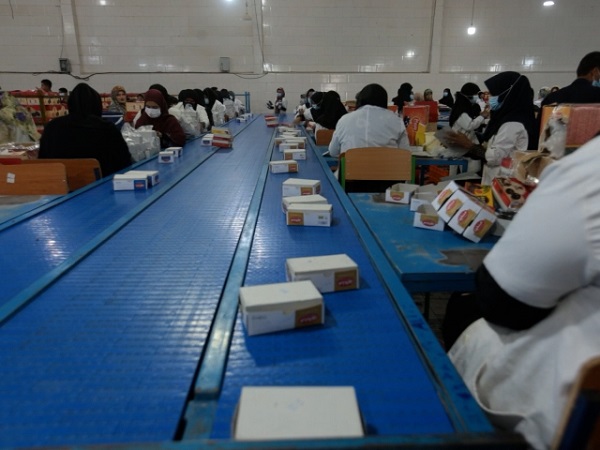
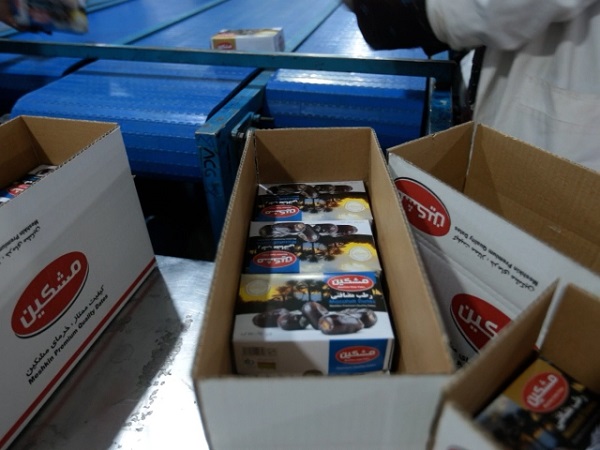
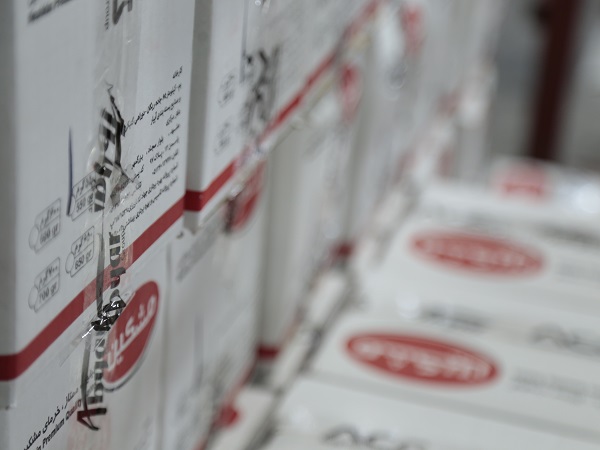
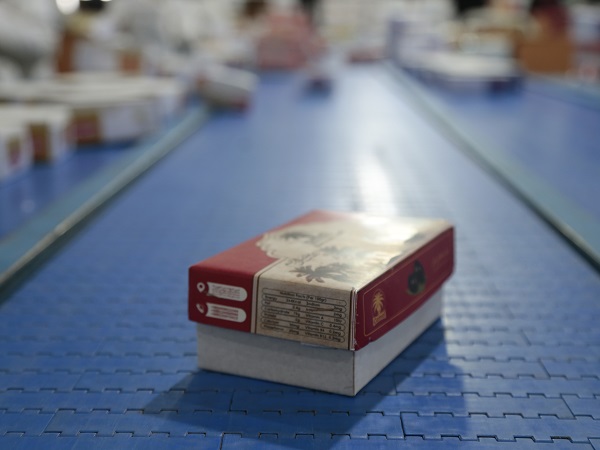
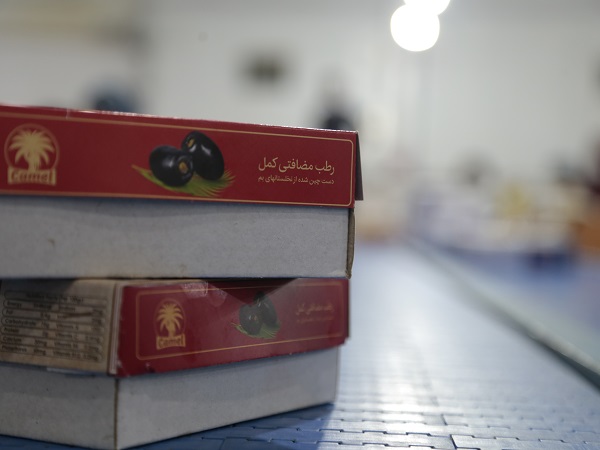
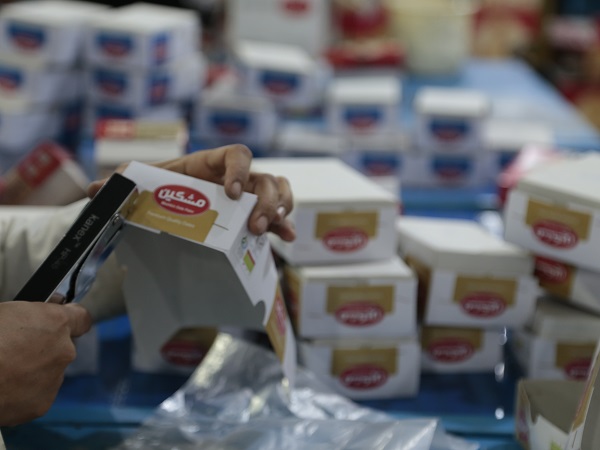
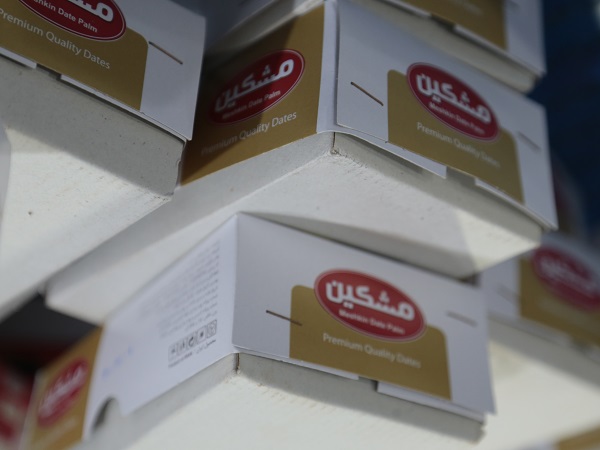
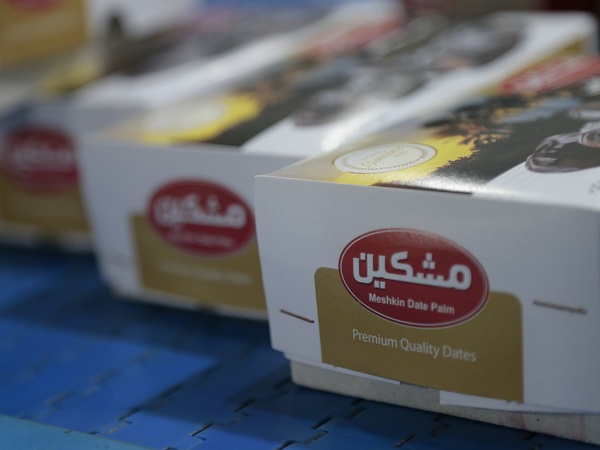

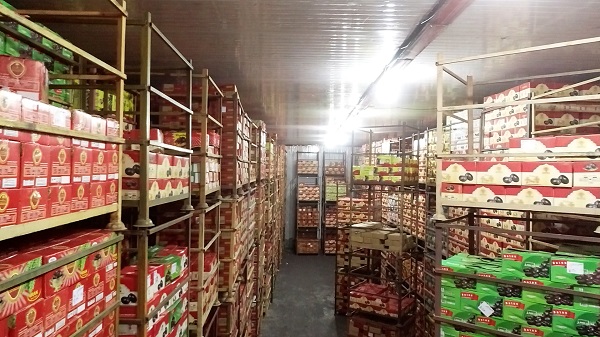
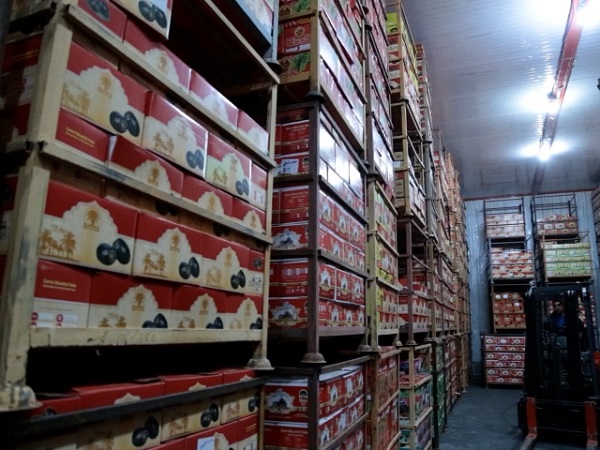
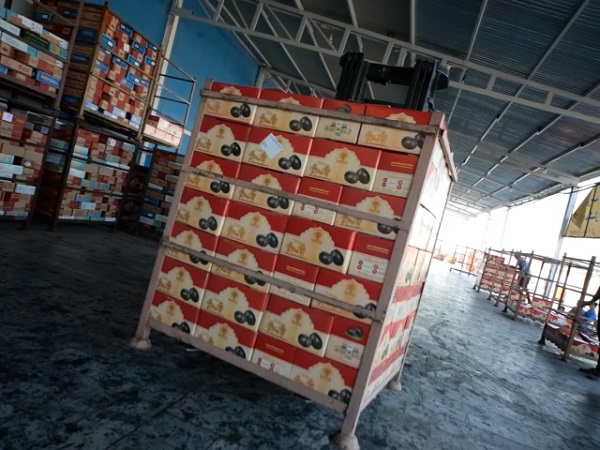
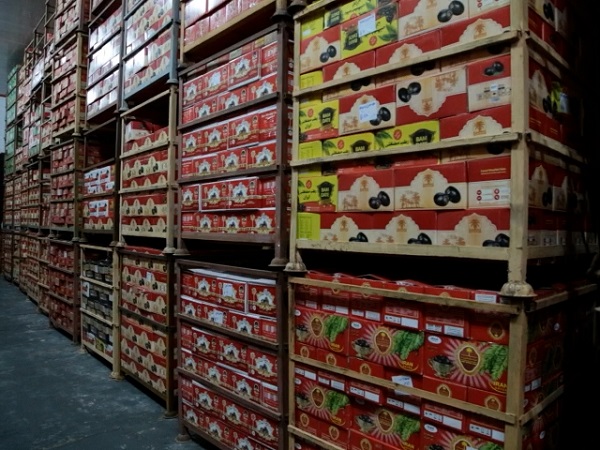
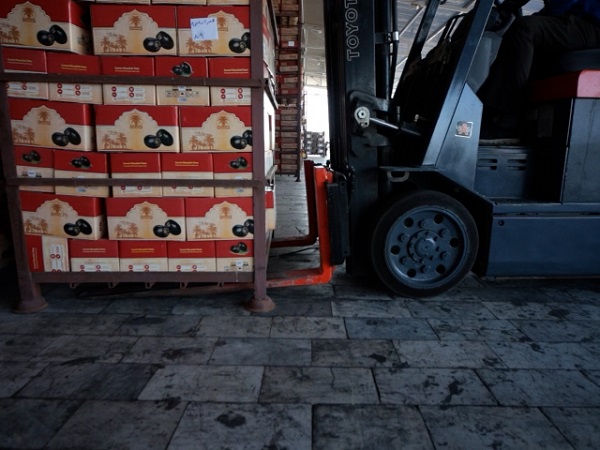

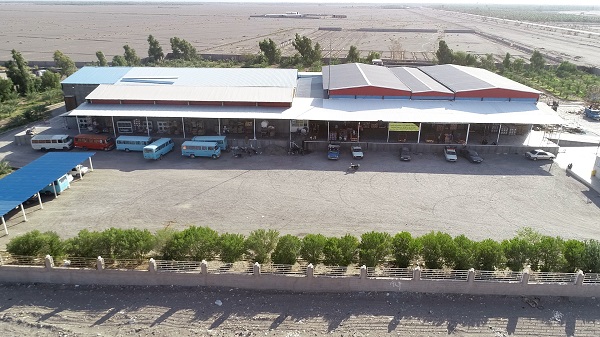
Market Positioning and Pricing
Mazafati dates command premium pricing in international markets due to their exceptional quality, limited growing region, and reputation as the world’s finest fresh dates.
Price points for high-quality mazafati dates typically range from $8-15 per kilogram at wholesale levels, reflecting their premium status and processing requirements.
Omani dates occupy various market segments depending on the specific variety, with prices ranging from $3-12 per kilogram based on quality grade, processing level, and target market positioning.
Market demand for mazafati dates remains consistently strong in premium markets across Europe, North America, and Asia, where consumers appreciate their superior eating experience.
Competition analysis shows omani dates competing effectively in value-conscious segments while also capturing premium niches with specially processed or organically certified varieties.
Export volumes indicate growing international appreciation for both varieties, with mazafati dates dominating fresh date markets and omani dates excelling in dried fruit categories.
Brand recognition of Iranian mazafati dates continues expanding globally, while omani dates benefit from Oman’s reputation for quality agricultural products and traditional expertise.
Usage Applications and Serving Suggestions
Mazafati dates excel as fresh eating fruits, luxury gift items, and ingredients in premium desserts where their soft texture and intense sweetness enhance overall product quality.
Serving recommendations for mazafati dates include pairing with nuts, cheese, or wine for sophisticated appetizer presentations that highlight their complex flavor profile.
Omani dates work excellently in cooking applications, baking recipes, and traditional Middle Eastern dishes where their firm texture maintains integrity during preparation and cooking processes.
Culinary integration possibilities for mazafati dates include smoothies, energy bars, and raw desserts where their natural sweetness and creamy texture eliminate needs for additional sweeteners.
Traditional uses of omani dates include stuffing with almonds or other nuts, incorporating into rice dishes, and preparing traditional sweets that celebrate Middle Eastern culinary heritage.
Modern applications for both varieties include healthy snacking, meal replacement components, and ingredients in functional foods designed for health-conscious consumers seeking natural energy sources.
Presentation ideas emphasize showcasing the unique characteristics of each variety, with mazafati dates featured in elegant arrangements and omani dates displayed to highlight their variety and versatility.
Health Benefits and Nutritional Advantages
Mazafati dates provide exceptional antioxidant levels due to their dark color and minimal processing, offering cellular protection and anti-inflammatory benefits that support overall health.
Digestive benefits from mazafati dates include prebiotic effects that support beneficial gut bacteria, improved bowel regularity, and enhanced nutrient absorption from other foods.
Omani dates deliver sustained energy release patterns that help maintain stable blood sugar levels, making them suitable options for people managing diabetes when consumed in appropriate portions.
Cardiovascular support from both varieties includes potassium for blood pressure regulation, fiber for cholesterol management, and antioxidants that protect against oxidative stress in blood vessels.
Bone health benefits of omani dates include calcium, phosphorus, and magnesium in balanced ratios that support bone density and reduce risks of osteoporosis in aging populations.
Athletic performance enhancement from mazafati dates involves rapid energy delivery, electrolyte replacement, and muscle recovery support through their optimal carbohydrate and mineral profiles.
Weight management applications show both varieties providing satiety through fiber content and natural sweetness that can help reduce cravings for processed sugary snacks and desserts.
Quality Assessment and Selection Criteria
Mazafati dates quality indicators include uniform dark color, soft but not mushy texture, absence of fermentation odors, and proper moisture levels that indicate optimal ripeness and handling.
Visual inspection criteria for premium mazafati dates include glossy appearance, minimal skin wrinkling, absence of crystallization, and consistent sizing within each grade category.
Omani dates quality assessment involves evaluating color consistency, firmness appropriate to the variety, absence of insect damage, and proper moisture levels for extended storage capability.
Texture evaluation methods include gentle pressure testing to ensure mazafati dates maintain appropriate softness while omani dates demonstrate proper firmness without being overly hard or dried.
Flavor testing protocols involve sampling for appropriate sweetness levels, absence of off-flavors, and presence of variety-specific characteristics that indicate proper cultivation and processing.
Packaging integrity assessment ensures both varieties receive appropriate protection from moisture, temperature fluctuations, and contamination that could compromise quality during distribution and storage.
Supplier evaluation criteria include reputation, quality control systems, storage facilities, and ability to maintain cold chain requirements especially important for mazafati dates preservation.
Regional Preferences and Consumer Demographics
Mazafati dates appeal strongly to affluent consumers seeking premium fruit experiences, health-conscious individuals prioritizing organic and natural foods, and cultural groups familiar with Persian cuisine.
Consumer research indicates mazafati dates popularity among millennials and Generation Z consumers who value authenticity, quality, and health benefits over price considerations in food purchasing decisions.
Omani dates attract diverse consumer segments including families seeking healthy snack options, traditional Middle Eastern communities, and budget-conscious shoppers preferring good value products.
Geographic preferences show mazafati dates performing best in urban markets with higher disposable incomes and sophisticated food cultures that appreciate premium imported specialties.
Cultural significance influences purchasing patterns, with omani dates particularly popular during Ramadan and other religious observances where dates hold special symbolic and nutritional importance.
Age demographics reveal mazafati dates appealing more to younger adults interested in exotic foods and Instagram-worthy presentations, while omani dates attract broader age ranges seeking familiar flavors.
Gender preferences research suggests women often prefer mazafati dates for their perceived health benefits and luxury positioning, while men appreciate omani dates for their traditional associations and value proposition.
Seasonal Availability and Harvest Timing
Mazafati dates reach peak ripeness during September-October harvest seasons in Iran, with fresh availability limited to specific months requiring immediate processing or refrigerated storage.
Harvest protocols for mazafati dates involve multiple picking sessions to ensure optimal ripeness, with experienced workers selecting only perfectly mature fruits for premium grade classifications.
Omani dates harvest periods vary by variety and region, typically spanning August through November, with some varieties available fresh while others undergo traditional drying processes.
Storage strategies allow mazafati dates to extend availability throughout the year through controlled atmosphere storage and frozen preservation methods that maintain quality and nutritional content.
Seasonal pricing patterns show mazafati dates commanding highest prices during off-season periods when fresh supplies are limited and demand remains strong in international markets.
Quality variations throughout harvest seasons affect both varieties, with early season fruits often offering different characteristics than late harvest dates from the same trees and growing regions.
Global distribution timing requires careful coordination of harvest, processing, and shipping schedules to deliver peak quality products to international markets during optimal consumption periods.
Future Market Trends and Opportunities
Mazafati dates market growth potential includes expanding premium food segments, increasing health consciousness, and growing appreciation for authentic, minimally processed natural foods.
Innovation opportunities in mazafati dates include organic certification, sustainable packaging solutions, and value-added processing that maintains their premium positioning while expanding accessibility.
Omani dates development prospects involve variety improvement programs, processing technology advances, and market expansion into emerging economies seeking affordable, nutritious food options.
Technology integration possibilities include blockchain traceability for quality assurance, IoT sensors for optimal storage monitoring, and e-commerce platforms for direct-to-consumer sales of both varieties.
Sustainability initiatives affecting both varieties include water conservation in growing regions, renewable energy in processing facilities, and carbon-neutral shipping options for environmentally conscious consumers.
Research directions focus on nutritional enhancement, shelf-life extension, and functional food applications that leverage the unique properties of mazafati dates and omani dates for health-focused products.
Market expansion strategies include education about variety differences, strategic partnerships with health food retailers, and cultural marketing that celebrates the heritage and quality of both date types.
Conclusion
Mazafati dates and omani dates each offer distinct advantages that serve different consumer needs and preferences, with Iranian mazafati dates excelling in luxury fresh fruit markets while omani dates provide excellent value and versatility for diverse applications.
Key differences clearly distinguish these varieties through texture, moisture content, storage requirements, and pricing, enabling informed decisions based on specific intended uses and quality expectations.
Quality considerations favor mazafati dates for consumers seeking the ultimate fresh date experience with premium flavor and texture, while omani dates excel for those prioritizing shelf stability, cooking versatility, and cost-effectiveness.
Market positioning shows both varieties occupying important niches in global date markets, with mazafati dates representing pinnacle quality and omani dates delivering reliable satisfaction across diverse consumer segments.
Future prospects remain strong for both varieties as health consciousness increases globally and consumers seek natural, nutritious alternatives to processed snacks and artificial sweeteners in their daily diets.
Amoot Iranian Trading Company
🌴 The Largest Dates Supplier in the World
We export premium quality Mazafati, Kabkab, Piarom, Kalute and many other date varieties worldwide.
📞 Call us on WhatsApp:
+98 902 360 6419
✉️ Email us at:
info@amootiranian.com
Mazafati Dates Vs. Other Dates
🏆 Compare Mazafati Dates With Other Varieties:
- Mazafati Dates vs. Medjool Dates
- Mazafati Dates vs. Ajwa Dates
- Mazafati Dates vs. Omani Dates
- Mazafati Dates vs. Fard Dates
- Mazafati Dates vs. Black Dates
- Mazafati Dates vs. Kimia Dates
- Mazafati Dates vs. Kalmi Dates
- Mazafati Dates vs. Deglet Nour
- Mazafati Dates vs. Zahidi Dates
- Mazafati Dates vs. Arabian Dates
- Mazafati Dates vs. Safawi Dates
